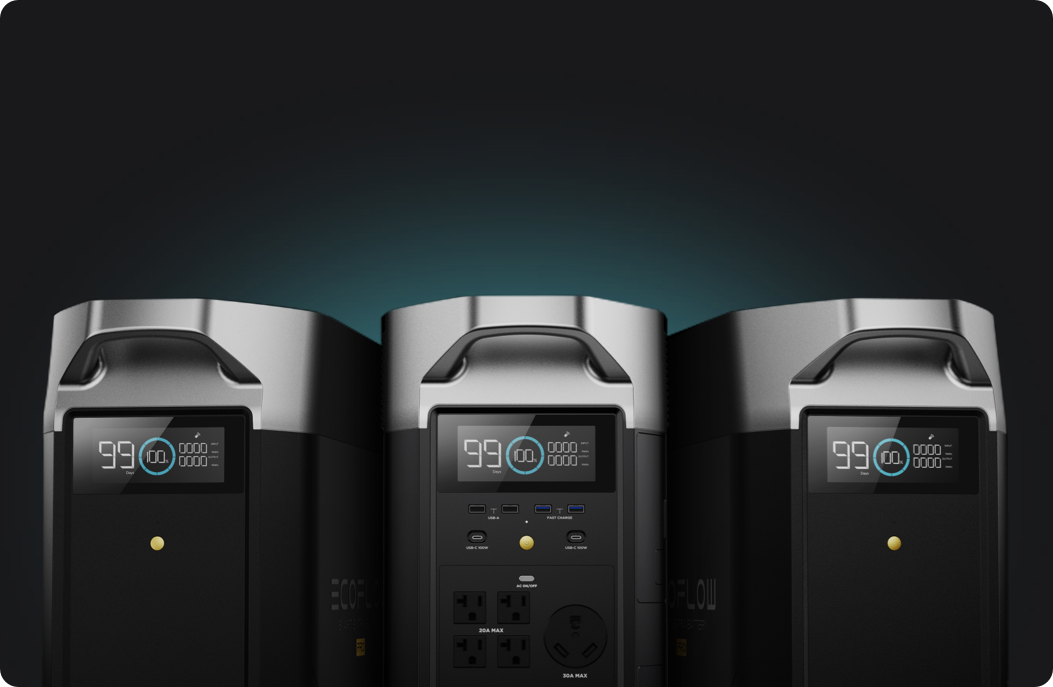
Homeowners have utility companies on the fence in 2023 with a secret weapon. Thanks to net energy metering (NEM), excess solar energy can now be returned back to the grid and credited back to the homeowner's account. This saves the owner money and helps shift the balance toward cleaner energy sources.
How does net metering work
The unpredictability of weather and daylight hours can sometimes mean that a solar energy system doesn't generate enough electricity to meet the needs of the home or business. That's where net energy metering (NEM) comes in.
With NEM, any excess electricity generated by the solar energy system is sent back to the grid and credited to the homeowner or business. These credits can then offset any electricity purchased from the grid when the solar energy system isn't generating enough power. It's a win-win situation that benefits everyone.
Contrary to some misconceptions, NEM doesn't unfairly benefit solar customers at the expense of non-solar customers. Instead, it produces benefits for all customers by improving the overall reliability and efficiency of the grid.
Net metering is incentivizing a switch to cleaner energy
With increasing consciousness about our carbon imprint on the planet, more and more homeowners and businesses are turning to solar energy as an alternative power source. One of the major benefits of using solar panels is the potential to generate more energy than needed, which can then be fed back into the grid.
Net energy metering incentivizes solar panel installation and encourages individuals and businesses to reduce their dependence on fossil fuels and reduce the demand on finite natural resources.
For example, in Washington State, net metering is a one-for-one credit for each kilowatt-hour when the total solar system capacity is between 1 kW to 100 kW. However, utilities are not required to offer net metering to additional customers once their minimum obligation is met.
Pennsylvania boasts a favorable net metering policy that offers full retail rate billing credits for any excess energy generated by your solar system and sent back to the grid. Additionally, homeowners can claim the federal solar tax credit, which can be worth up to 30% of their total solar system cost.
By utilizing these incentives, Pennsylvania residents can reduce their carbon footprint and save money on their energy bills. It's a win-win situation for both the environment and their pocketbook.
Net Metering Protects the Electric Grid
The profitability of utilities and the expansion of solar power do not always go hand in hand. Some utilities are wary of net metering policies, viewing them as lost revenue opportunities. However, this view fails to recognize the benefits that net metering can provide.
When more individuals invest in solar panels, they can create a smoother demand curve for electricity, which benefits the entire grid. Net metering enables utilities to manage their peak electricity loads better, reducing the strain on distribution systems and preventing long-distance electricity transmission and distribution losses.
Additionally, the value of solar extends beyond utilities and to local economies. Multiple cost-benefit studies around the country show that solar power positively impacts the electricity system and boosts local economies. As such, it's essential to recognize the value of net metering policies to ensure that utilities and solar power can work in harmony.

Image Credit: SEIA
Net Metering Rules and Regulations
Renewable energy is becoming a more viable option for Americans every day, thanks in part to mandatory net metering rules that are now in place in 38 states across the US, plus Washington DC and Puerto Rico.
These rules ensure that homeowners and businesses that generate excess energy from renewable sources, such as solar panels, can feed that energy back into the grid and receive credits on their utility bills.
The Database of State Incentives for Renewables & Efficiency® is a great resource for more information.
For more information on starting your path to energy freedom, contact US Solar Supplier.






